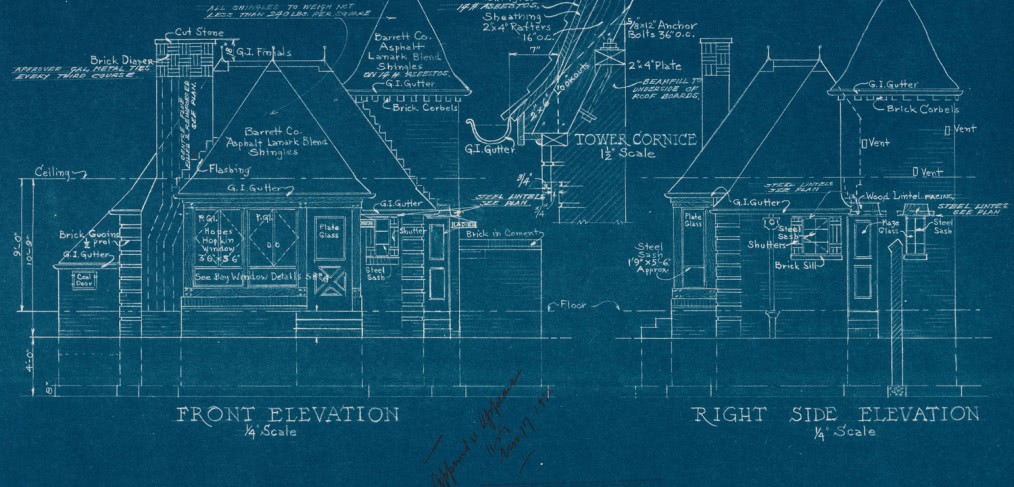
Just Make It Better: Programetrics
The Leonard Kagan Design Fellowship honors the legacy of RTKL’s Leonard Kagan and the huge contributions he made to the firm in the area of design. The Kagan Fellowship was conceived to celebrate the spirit of exploration as an integral part the creative process. This year’s Kagan focuses on measurable improvement—the audacious idea that anything can be taken to the next level…if only we know how. Over the next four days, we’ll introduce you to this year’s recipients and how they plan to just make it better.
Deciphering a program for any given project is a challenge. Clemente will use his Kagan to better the way in which we translate a client’s program into architecture through scripting a foundational system.
It always amazes me when we encounter a new process that solves design problems or expedites our work instantaneously, and we ponder how we have gone so long without this new found solution. With the level of sophistication in computing power, I believe computer scripting and programming has the potential to expedite and reduce some of the production work often encountered in our design profession. My research objective will be to automate the initial production aspects of space planning and programming through the execution of scripts. This should, in theory, make our design process more effective, by freeing our minds and hands to rationalize on strategic design decisions.
When I was a college student a big part of coming up with a design solution was to understand the design program. At the beginning my projects were small like a Poet’s House or an Artist’s studio, consisting of 4-7 specific spaces – Later I would move to more complex assignments such as a Museum or a large housing complex. In each, I would spend some time sizing up the required program spaces: either by drawing them on trace paper or cutting them out of chipboard. I would spend countless hours drawing and re-drawing squares into different configurations and re-arranging my chipboard cut-outs in as many ways as I thought feasible. Ultimately one relationship would make the most sense and that would serve as the basis for my final design. Around that time I thought of the possibility of being able to grab these programmatic values and flip them through a screen just like Tom Cruise on Minority Report, where by rotating my hands and a few clicks and pounds I could flip, turn and adjust programmatic elements that automatically resulted in arranged relationships and sizes. Perhaps it was the clear glass projection, the cool all black clothes and LED gloves that seem enticing; however the automation part is a definitely feasible.
As I grow in this profession, some of these programmatic processes are still part of our regular practice; however they are done by more sophisticated individuals who are able to digest information much faster and with greater ease. Depending on the size of the project, a schematic idea of basic relationships and massing could be done in a matter of days. If for some reason the result is not satisfactory, the process begins again until we get a desired result or we put enough of a spin that it becomes a valid answer. I think there’s a definite way to expedite this initial production and analysis.
I mean, think of energy modeling which is omni-present in our design analyses today. Before computers were able to automatically download and extract weather data from local stations and instantaneously cross-reference heat gain and day lighting; the norm had been to manually figure out sun angles and best day lighting techniques from a printed sun path chart on a Sun, Wind and Light book. Because of this jump in process, we can study more options and variations to get a more educated result within a similar time-frame.
My research is based on the ideology that the beginning stages of the design process can be more efficient and automated in order to free up resources and time for design exploration and higher level analytical thinking. This will be done by using a generic client program for a building to create an intuitive and easily deployable script that will generate a schematic layout of the building’s basic relationships. The iterations created from the script can then be analyzed to select a direction for further development. Initial research on parametric space planning has been done in a variety of formats and software platforms (i.e. Rhino-Grasshopper, Sketchup-Ruby, Revit-Python, etc). By building on previous studies and creating some scripting of my own I am starting to create an intuitive and easily deployable space planning tool.
This is an exciting time for me, primarily because it is very possible that this will change the design process at the firm level and potentially for the profession as a whole. My goal is to move the starting line of intellectual engagement closer to the beginning of the project and expand the time where we analyze the project in terms of its functional, environmental and humanistic aspects.
Stay tuned to RTKL You Are Here over the next few months to follow the progress of these four teams.
Image via urbantoronto.ca; glogster.com


Great hypothesis and start Clemente!
I look forward to seeing how it evolves and impacts the work you do.